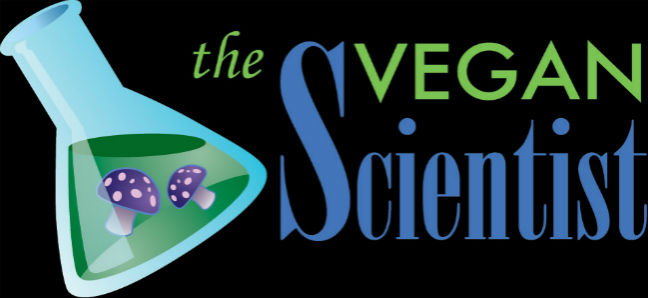We thank you for your interest in our H1N1 vaccine. We expect European licensure by end of September. We have to inform you that it will not be available on the US market.
The last sentence is of concern, being stateside and all. I replied asking for clarification, but I'd imagine it'd have to do with the stricter drug safety regulations here (thanks a lot, thalidamide!). I'll keep you posted.





